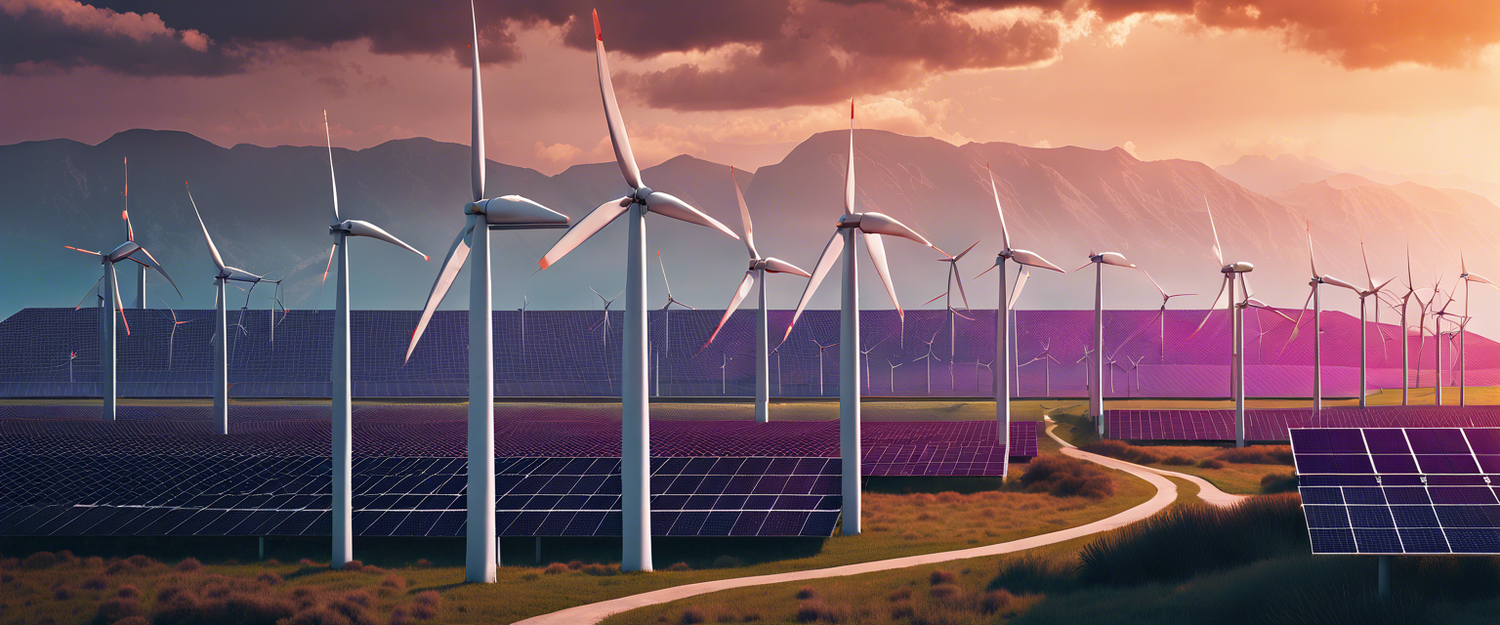Revolutionizing Energy Infrastructure: AI's Role in Interconnecting New Projects
The U.S. Department of Energy (DOE) is embracing artificial intelligence (AI) to expedite the connection of new energy projects to the power grid. Recently, the DOE announced a significant funding initiative of $30 million under the Artificial Intelligence for Interconnection (AI4IX) program, aimed at fostering partnerships between grid operators and energy project developers. This move aims to accelerate the online availability of new electricity sources, notably solar and wind energy.
The Backlog Challenge in Energy Generation
It currently takes an average of seven years to connect new electricity generation projects in the U.S. to the grid, resulting in a backlog of approximately 2,600 gigawatts of pending projects. This is concerning, especially as electricity demand increases – a surge influenced largely by the growing demands of the artificial intelligence sector.
Why Is the Interconnection Process So Slow?
The lengthy interconnection timeline can be attributed to several factors:
- Thorough Studies Required: Utilities and grid operators need detailed studies from project developers to evaluate potential grid upgrades necessary for accommodating new energy sources.
- A Legacy System: The current energy system is a remnant of an era focused on fossil fuels, with fewer large-scale power plants. The rise of renewable energy introduces numerous smaller, distributed energy sources, necessitating more applications to be processed.
- Completeness of Applications: Many applications submitted are often incomplete, causing delays as utilities must communicate back with developers for missing information.
Utilizing AI to Streamline Processes
The DOE's AI4IX program proposes to leverage existing AI algorithms to enhance the interconnection application process. By employing AI technology, utilities could quicker identify deficient applications and notify developers, enabling them to correct issues without prolonged delays.
Funding Timeline and Proposal Submissions
Proposals for the first round of AI4IX funding will be accepted until January 10th, 2025, with recipients of the funding expected to be announced in the winter of 2025.
Future Prospects and Political Landscape
With President-elect Donald Trump poised to take office, federal agencies, including the DOE, may face potential upheaval. Discussions within Trump’s team focus on the creation of a "Department of Government Efficiency," emphasizing potential staff reductions throughout federal departments. However, unlike other clean energy initiatives, funding from the Bipartisan Infrastructure Law, which supports the AI4IX program, remains a lesser target for cuts.
Growing Demand for Electricity
Forecasts by Goldman Sachs Research suggest that demand for electricity from data centers could increase by 160% by 2030 due to the AI boom. Meeting this increasing demand will likely remain a priority for the DOE and the upcoming administration.
Conclusion
As the U.S. steps forward into a more AI-driven energy landscape, the integration of AI in the interconnection process represents a significant and necessary advancement. Streamlining these processes could not only alleviate the existing backlog but also facilitate the growth of renewable energy sources essential for addressing climate change and meeting future energy demands.
For further information, check related articles on renewable energy trends and technologies.



Laat een reactie achter
Alle reacties worden gemodereerd voordat ze worden gepubliceerd.
Deze site wordt beschermd door hCaptcha en het privacybeleid en de servicevoorwaarden van hCaptcha zijn van toepassing.